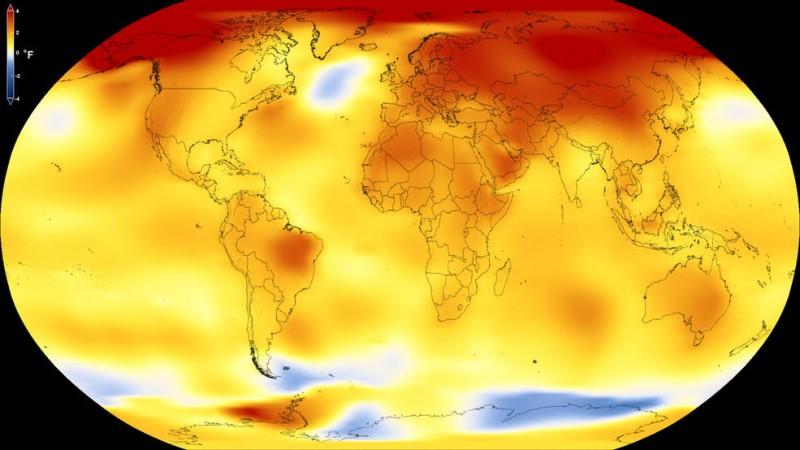With the latest IPCC report warning about increase in monsoon precipitation extremities, scientists have pointed at increasing instances of drought across India and South Asia.
The drought prediction has been linked with rising temperatures in the second half of the 21st century leading to increased variations in monsoon precipitation, scientists said, based on the IPCC's (Intergovernmental Panel on Climate Change) Sixth Assessment Report of the Working Group I (AR6WGI) titled "Climate Change 2021: The Physical Science" released on Monday.
For the first time, the IPCC report has a dedicated chapter on water cycles in monsoon, not just as witnessed in India and South, South-East Asia but across five other monsoonal regions around the globe -- North American Monsoon, West African Monsoon, East Asian Monsoon, South American Monsoon and Australian & Maritime Continent Monsoon.

"With the increasing variability in precipitation, there would be spells of heavy rainfall followed by dry spells. Temperatures will be warmer, and this will lead to an increased evapo-transmission demand," said Executive Director at the Centre for Climate Change Research (CCCR) of Indian Institute of Tropical Meteorology (IITM), Pune, Raghavan Krishnan. He is one of the Coordinating Lead Authors of the chapter on 'Water Cycle Changes' in the AR6WGI report.
"So, even when there would be lot of precipitation and increased soil moisture, the increase in temperature will lead to increased evapo-transmission and lead to very large soil moisture fluctuations," Krishnan told the media during a virtual interaction.
The IITM Earth System Model (IITM-ESM) climate projections (CMIP6) were included in the IPCC AR6WG1 report, a first from India.
The AR6WGI report has mentioned of an overall weakening of the South Asian Monsoon in the second half of the 20th century. "Results from climate models indicate that anthropogenic aerosol forcing has dominated the recent decrease in summer monsoon precipitation, as opposed to the expected intensification due to Green House Gases (GHG)," the scientist said.
Aerosols scatter and absorb solar radiation, which reduces the energy available for surface evaporation and subsequent precipitation.
World is warming up
Although it has been known for decades that the world is warming up, this latest report clearly shows that the recent observed changes in the climate system are "widespread, rapid and intensifying; and unprecedented in thousands of years."

Global temperature over the past 10 years was about 1.1 degrees Celsius warmer than in 1850-1900. Each of the past four decades has been the warmest on record since pre-industrial times.
The AR6 report projects that climate changes will increase in all regions in the coming decades. For the 1.5 degrees Celsius of global warming -- there will be increases in the intensity and frequency of heat waves, extreme precipitation, and droughts.
The IITM scientists also said that the AR6WG1 team from India comprised one coordinating lead author (CLA), six lead authors (LAs), two Review Editors (REs), one Chapter Scientist (CS) and 10 Contributing Authors. Lead Authors from the Ministry of Earth Sciences (MoES) provided valuable contributions in the assessment of future global climate, water cycle changes, including regional monsoons and the Summary for Policy Makers (SPM).

















